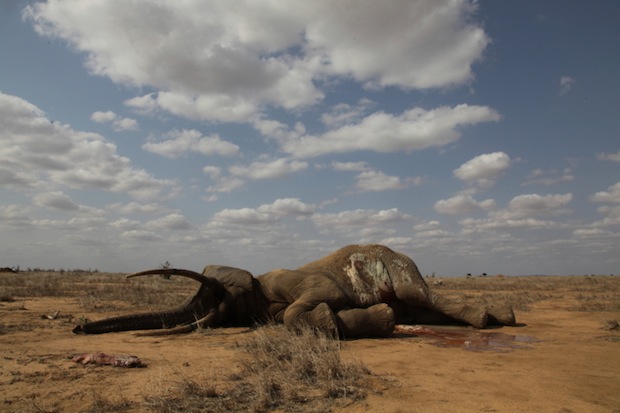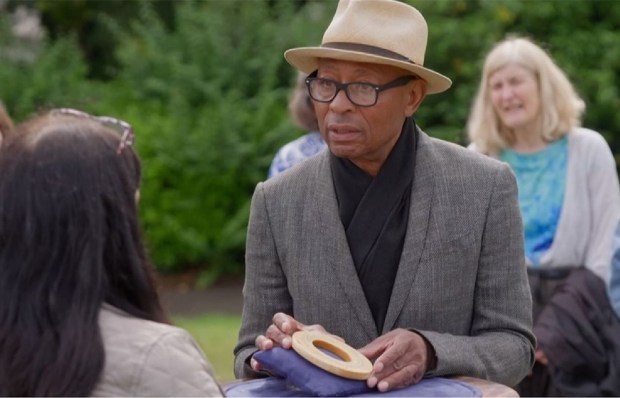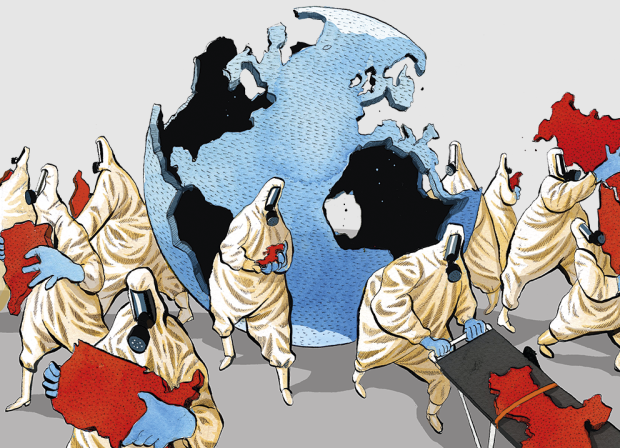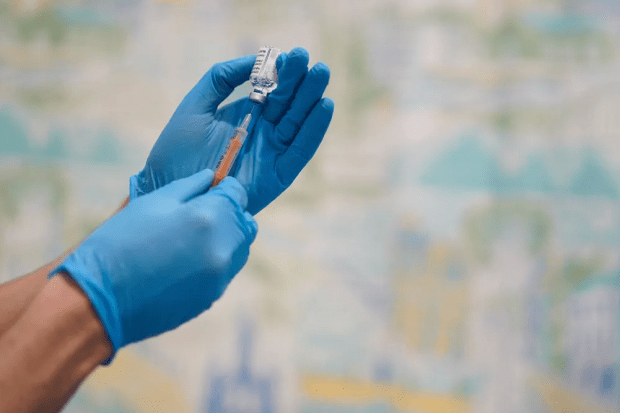The Duke of Cambridge deserves credit for bringing his influence to bear on the growing tragedy of the elephant, whose population is being decimated by poaching. But his advisers should have been quicker to dissuade him from one aspect of his campaign: the threat to dispose of his grandmother’s ivory collection.
That Africa’s elephant population is in peril from poachers is not in doubt. Of a total of 400,000 living in the wild, around 50,000 were illegally killed last year, way beyond the numbers which the population could naturally withstand. The future is looking bleak, too, for wild rhino, 1,000 of which were poached in Africa last year out of an estimated total of 25,000.
But what good it would do to put Buckingham Palace’s chess sets and pianos through the grinder is not easy to ascertain. By the same token, there could be an argument for demolishing the great pyramids on the grounds that they were built by slave labour, or for erasing the Yorkshire town of Whitby from the map on the grounds that it owes much of its wealth to the now frowned-upon whaling industry.
To be fair to Prince William, the idea of punishing old artefacts for the crimes of modern poachers is unlikely to have originated with him. This week, the Obama administration is preparing to pass one of those illiberal and irrational laws which occasionally make us wonder about America’s right to claim the title of Land of the Free. Under the proposals, there would be an outright ban on import of any product containing ivory, and a ban on export of any ivory unless the owner can prove that it is over 100 years old. There will also be bans on sale of ivory within the US.
The law is sure to fill a few jail cells with antique dealers, as well as individuals selling heirlooms, as zealous prosecutors start scanning eBay. But it will not save a single elephant. America, in common with 178 other countries, is already a signatory of the Convention on the International Trade in Endangered Species (Cites) which outlaws the international sale of unworked ivory and ivory products made since 1989. If that hasn’t stopped poaching, what chance a prohibition on the antiques trade? If the US government has evidence that African poachers are engaged in a Lavender Hill Mob-style operation to smuggle ivory into America under the guise of antique trinkets, it has yet to share it with the rest of the world.
International efforts to save the elephant are foundering because they take the wrong approach. Rather than trying to make ivory valueless, we should be trying to make elephants valuable. At present the animals’ lives are too cheap. They cannot be farmed and so there is little incentive to raise them. They are useful to the tourist industry, but those who run wildlife tours have no personal need to contribute to the breeding and security of wild elephants. Many more people, however, have an incentive to shoot elephants: not just poachers, but rural people who must live with the danger the animals create and the considerable damage they cause. However much the idea might horrify western-based conservationists, if you live in a village in an area inhabited by elephants, you are likely to view them as a pest rather than as graceful and intelligent beings.
It would be the same in Britain if the countryside were still alive with once-native wolves and bears who were eating our crops and killing our neighbours: in India alone, 300 people a year are killed by elephants. As a nation we are very good at lecturing developing countries on preserving their wildlife, but rather less tolerant of animals that are threatening us, such as the wolves recently shot by marksmen after escaping from an Essex zoo.
If we wish to save elephants and rhino — and we should — we need to understand the point of view of those who live among them, and that of the poachers too. Were they allowed to be farmed, their extinction would become as unthinkable as that of cows and sheep: when did an international conference ever have to be convened to save them?
With rhino, the case is even more compelling. Rhino do not need to be killed for their horns to be harvested: they are like giant fingernails which grow back over the course of a couple of years. There already is at least one rhino farmer in South Africa who until 2009, when a ban on sale of rhino horn came into effect, was selling it for $1,500 a kilo. Since the ban, the black market price of rhino horn has rocketed to $12,000 a kilo, hugely increasing the incentive for poachers.
As a keen hunter of wild boar, the Duke of Cambridge is well aware of the difference between culling animals from a managed population and uncontrolled poaching by people who do not care whether a species survives or not. But with elephants and rhino, as with whales, the issue is clouded by public sentimentality, which can be aggressive as well as unreasoned. For many, killing these species can never be acceptable.
It is understandable why a member of the royal family does not wish to stir up controversy on the subject, but so long as the rich world tries to exercise eco-imperialist prohibition of the farming of elephants and rhino, protecting those species is going to remain a task ultimately doomed to fail.
Got something to add? Join the discussion and comment below.
Get 10 issues for just $10
Subscribe to The Spectator Australia today for the next 10 magazine issues, plus full online access, for just $10.
You might disagree with half of it, but you’ll enjoy reading all of it. Try your first month for free, then just $2 a week for the remainder of your first year.














Comments
Don't miss out
Join the conversation with other Spectator Australia readers. Subscribe to leave a comment.
SUBSCRIBEAlready a subscriber? Log in